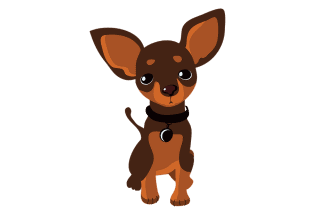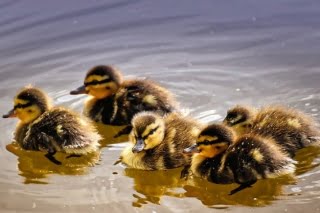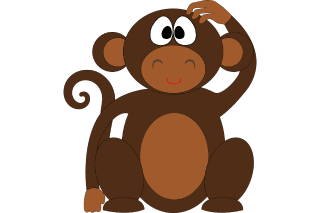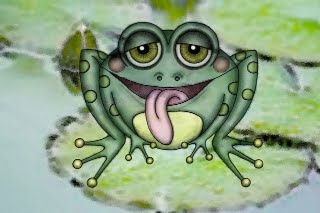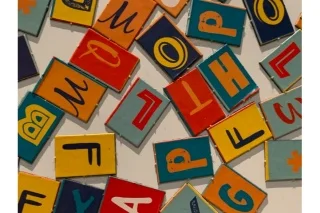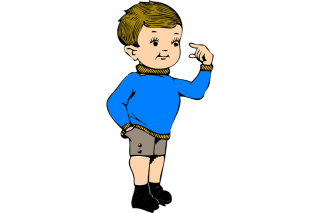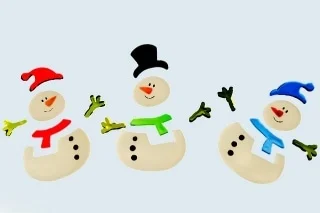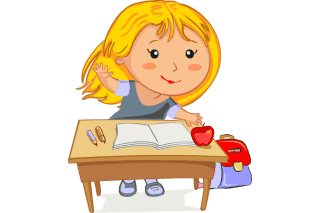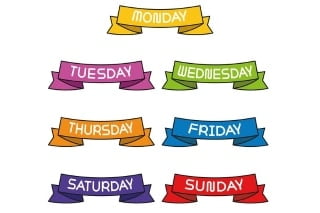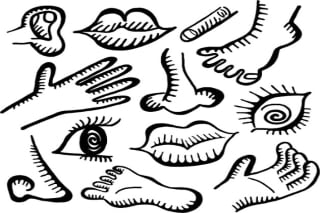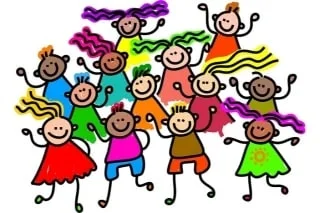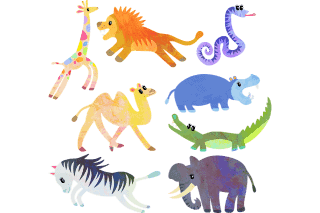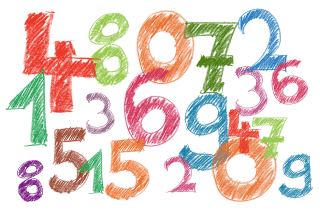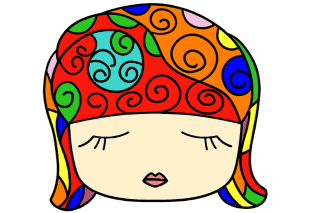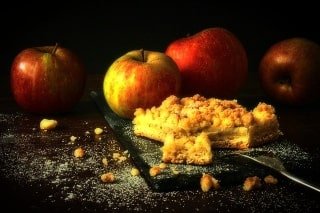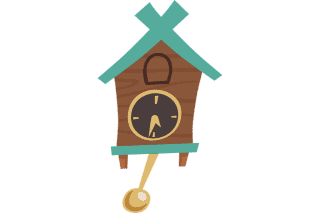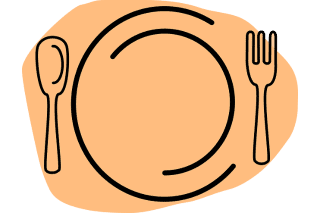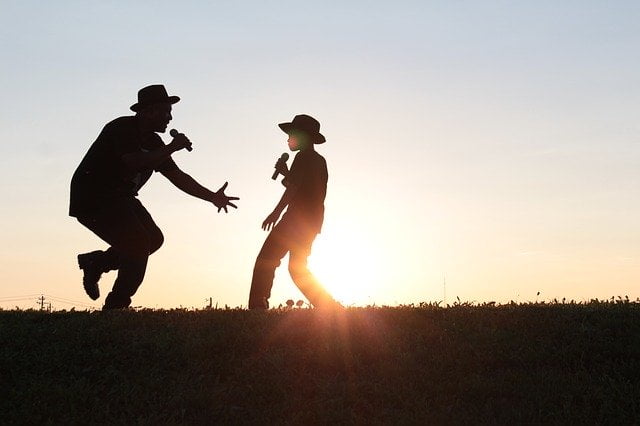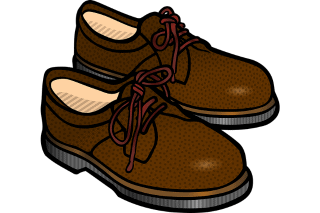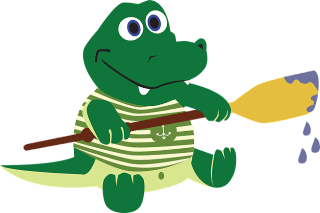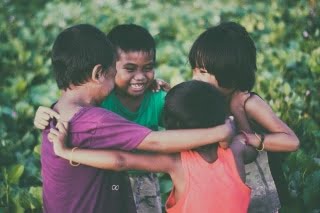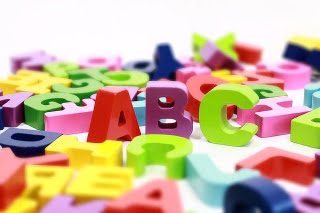
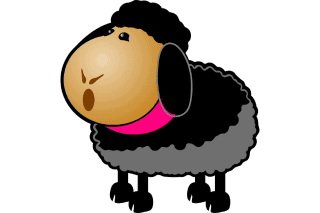
Baa Baa Black Sheep
“Baa Baa Black Sheep” is actually one of the most popular nursery rhymes of all time! The earliest publication date for the “Baa, baa black sheep” rhyme or poem is dated 1744. Like “Twinkle-Twinkle Little Star” or the “Alphabet song“, the English version of “Baa, Baa, Black Sheep” has its origin in an old French song from 1761 Ah, vous dirai-je, maman! By Louis Le Maire, sharing the same tune.
The wool industry was critical to the country’s economy from the Middle Ages until the nineteenth century so it is therefore not surprising that it is celebrated in the Baa Baa Black Sheep Nursery Rhyme. Although in the past the “Baa-Baa Black Sheep” rhyme was related to the Middle’s Ages wool industry and festivity, today its purpose is more an educational one, the children being able not only to learn about life in the countryside but also to imitate the sound made by sheep.
“Baa, Baa, Black Sheep” Lyrics
Baa, baa, black sheep,
Have you any wool?
Yes sir, yes sir,
Three bags full.
One for the master,
One for the dame,
And one for the little boy
Who lives down the lane
The lyrics of Baa Baa Black Sheep are simple and repetitive, with each verse describing the interactions between a black sheep and a little boy or girl. The subsequent verses follow a similar pattern, with the little boy or girl asking the sheep for more wool or different colors, and the sheep obliging with a cheerful “yes sir” or “yes ma’am.”
“Baa, Baa, Black Sheep” Original Lyrics
Bah, Bah a black Sheep,
Have you any Wool?
Yes merry have I,
Three Bags full,
One for my master,
One for my Dame,
One for the little Boy
That lives down the lane.
Frequently asked questions (FAQ's) based on “Baa, Baa, Black Sheep”
Answer : The origin of the rhyme is not confirmed, but as per the available information in the USA the rhyme was first mentioned in1842 by Robert M. Charlton in 1842. Later, the rhyme was recorded with eight versions in England, by the folklorist Alice Bertha. Over the time various versions of this gaming rhyme were recorded in different places, both in the USA and UK.
Answer : ‘Bah, Bah, Black Sheep’ is an English nursery rhyme that is sung to a variation of a French song.
Answer : They’re the same tune. It’s also Bah Bah Black Sheep, just to make your brains completely explode. On a related note, did you know that the tune for Twinkle Twinkle/ABC/Baa Baa is based on a song composed by Mozart.
Answer : The composer of rhyme Baa Baa Black Sheep is James Hook, Samuel Arnold.
Answer : “Bah Bah, Black Sheep” is the title of a semi-autobiographical short story by Rudyard Kipling, published in 1888.
Answer : As per the information given on the resource Bah Bah Black Sheep is about the medieval wool tax, imposed in the 13th Century by King Edward . Under the new rules, a third of the cost of a sack of wool went to him, another went to the church and the last to the farmer.
Answer : So most scholars believe that ‘Bah, Bah, Black Sheep’ is not a reference to slavery. According to the information available experts believe ‘Baa, Baa, Black Sheep’ dates back further in British History, to medieval times and something called the Great Custom.
Answer : “Bah, Bah, Black Sheep” is an English nursery rhyme, the earliest printed version of which dates from around 1744.
Answer : This is based on the idea that black sheep were less valuable than white sheep because their wool was more difficult to color in different colors while white wool could be easily dyed in a variety of colors, hence white sheep Increased importance.
- baa baa black sheep song lyrics
- baa baa black sheep original lyrics
- baa baa black sheep song meaning
- baa baa black sheep rhyme lyrics
- full baa baa black sheep lyrics raffi
- nursery rhymes baa baa black sheep lyrics
Some more details based on “Baa, Baa, Black Sheep”
“Baa Baa Black Sheep” is a traditional English nursery rhyme that has been popular with children for generations. The rhyme is believed to have originated in the late 18th century, and it has since become one of the most well-known and beloved nursery rhymes in the English-speaking world.
Despite its simplicity, “Baa Baa Black Sheep” has been the subject of much debate and controversy in recent years due to its perceived racial connotations. Some have argued that the rhyme’s reference to a “black sheep” is racially charged and should be retired, while others contend that the rhyme has no such connotations and should be preserved as a beloved cultural artifact.
Regardless of its controversial status, “Baa Baa Black Sheep” remains a popular and enduring nursery rhyme that continues to be sung and enjoyed by children all over the world. Its catchy melody and playful lyrics make it a fun and engaging way for young children to learn about animals, colors, and the joys of singing and rhyming.
- funny baa baa black sheep poem lyrics
- baa baa black sheep notes
- baa baa black sheep poem with action
- baa baa black sheep poem in english
Some activities for children's based on "Baa, Baa, Black Sheep"
- Sheep Art: Provide children with black construction paper and white cotton balls. Show them how to glue the cotton balls onto the paper to create a fluffy sheep. They can add details such as eyes, ears, and legs using crayons or markers. Once they are finished, they can display their artwork or take it home to share with their family.
Note: This activity encourages children to use their imagination and creativity to make a fluffy sheep using simple materials. It also helps them improve their fine motor skills and hand-eye coordination as they manipulate the cotton balls and glue them onto the paper. Additionally, the finished artwork can be used as a tool for language development and storytelling, as children can talk about their sheep and how they made them.
- Sheep Counting: Use small toy sheep or cutouts of sheep and place them in a basket. Ask children to count the sheep and sort them by color or size. Encourage the children to practice counting and grouping the sheep by different attributes. Once they have counted and sorted the sheep, they can put them back in the basket and start again.
Note: This activity is a fun way to reinforce counting skills and basic sorting and organization. It also helps children develop their attention span and focus, as they need to concentrate on counting and sorting the sheep. Additionally, this activity can be adapted to different levels of difficulty based on the children’s age and skill level, making it a versatile learning tool.
2. Sheep Puppet Show: Provide children with paper bags, markers, and cotton balls. Ask them to decorate the bags to look like sheep and then add cotton balls to create a fluffy texture. Once they have created their sheep puppets, encourage them to put on a puppet show using the puppets and the “Baa, Baa, Black Sheep” rhyme. This activity promotes creativity, imagination, and social skills as children work together to create and perform a puppet show.
Related links
Categories
Other popular rhymes
Other related keywords and search's
- baa baa black sheep song lyrics
- baa baa black sheep original lyrics
- baa baa black sheep song meaning
- baa baa black sheep rhyme lyrics
- baa baa black sheep alternative lyrics
- baa baa black sheep lyrics uk
- full baa baa black sheep lyrics raffi
- nursery rhymes baa baa black sheep lyrics
- funny baa baa black sheep poem lyrics
- baa baa black sheep notes
- baa baa black sheep poem with action
- baa baa black sheep poem written in hindi lyrics
- baa baa black sheep poem in english
- baa baa black sheep poem meaning in hindi


